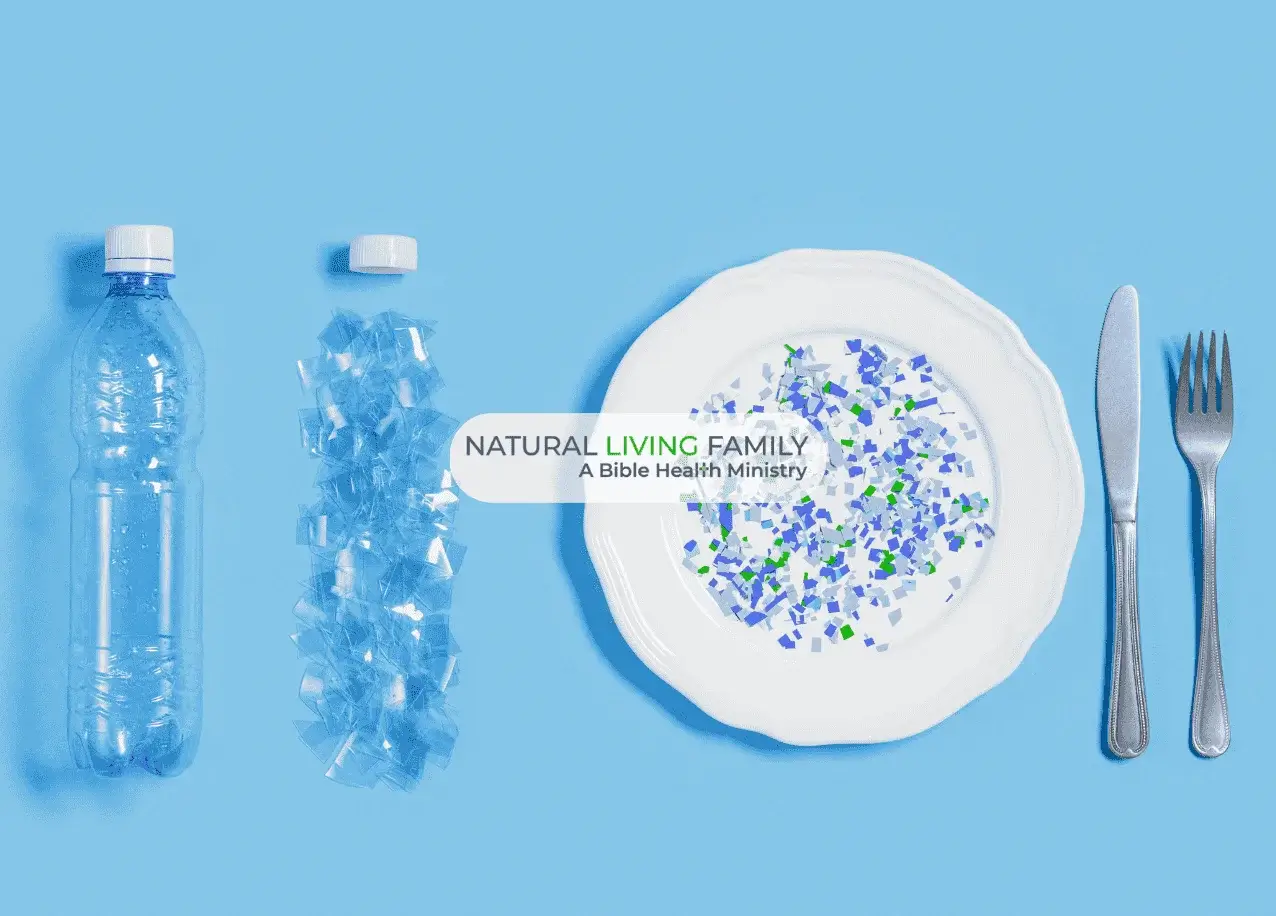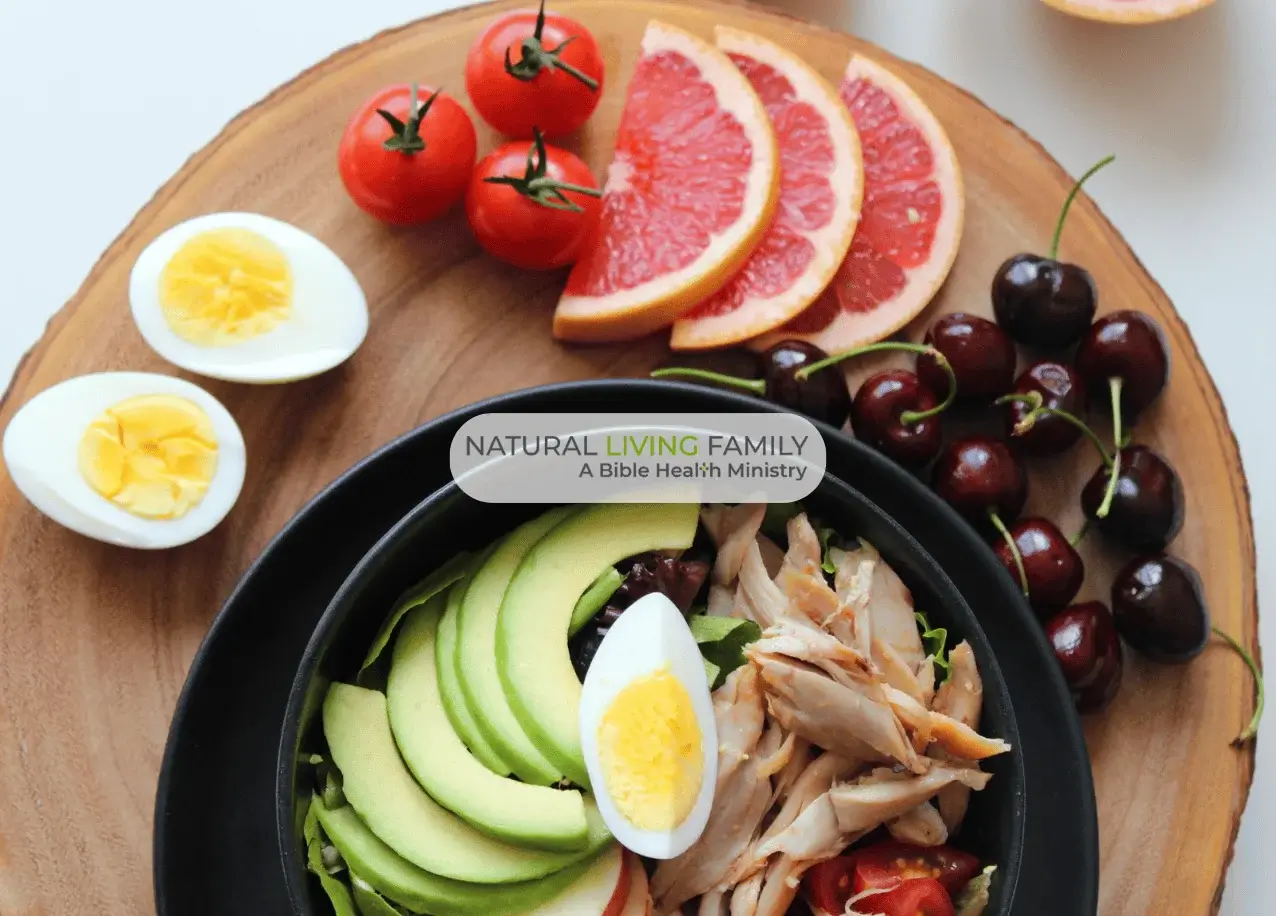Soy lecithin is one of the most widely used food additives out there today. (1) Just check a few labels on your grocery store shelf and you will find it. This additive has made its way into both health food stores and conventional grocery stores. But what is soy lecithin?
People tend to react to the word “soy” and they either love it or hate it, and thus there is a quick reaction based on feelings more than on facts. It can be one of those “health foods” to be aware of and do your research about.
I am asked about soy lecithin a lot, and there are pros and cons to using this additive in food. Even so, it is not as bad as some people say.
Table of Contents
What is Soy Lecithin – A Definition
This substance was first isolated in 19th-century France. A chemist named Theodore Gogley used the term as a generic way to describe some natural fatty compounds found in both animals and in plants.
He used the term to describe a wide variety of these naturally occurring compounds composed of choline, fatty acids, glycerol, glycolipids, phospholipids, phosphoric acid, and triglycerides. It was originally spotted in egg yolk, but today it is extracted from milk, rapeseed, cottonseed, marine sources, sunflowers, and soybeans.
The substance is a great emulsifier, and that is how it’s mainly used. When you try to mix oil and water, the oil tends to separate into tiny droplets when shaken, and when the shaking stops, the oil and water separate again. This shows the importance of lecithin.
The lecithin becomes part of the equation of mixing oil and water inside the body, and that is where emulsifying comes in. The emulsifying process makes the oil easier to digest if eaten, and it makes the oil easier to clean.
The lecithin gives products like processed foods, supplements, and even medicines, a smooth or uniform appearance. (2) It emulsifies fats, and that makes it a good material for use in nonstick cooking sprays or soaps. And while many substances can produce lecithin, soy lecithin is made from soy.
Side Effects of Soy Lecithin
As I noted earlier, there is good and bad in this substance. Even though the Food and Drug Administration (FDA) has given lecithin a Generally Recognized as Safe (GRAS) label, it still may not be as safe as manufacturers claim. (3)
Some symptoms reported as side effects include bloating, skin rashes, diarrhea, nausea, and stomach pain. (4) Nevertheless, it could be worse, as an article published in the journal Developmental Psychobiology in 1985 suggests.
Pregnant rats were used to test the idea that soy lecithin could cause behavioral and neurochemical abnormalities. They were given two to five percent diets enriched with soy lecithin as early as they became pregnant.
According to the study, “The most marked early sensorimotor deficits (reflex righting and swimming development) were seen in the 5 percent soy lecithin preparation group, although all soy lecithin preparation-exposed offspring had elevated brain/body weight ratios and choline acetyltransferase [ChAT] levels.” (5)
Chat is responsible for the synthesis involved in neurotransmitter acetylcholine, which is required for good memory and brain function. When raised it could help prevent some illnesses like Alzheimer’s.
Even so, animals exposed from two to five percent of this additive became hypoactive, while animals exposed to levels of between two and five percent lecithin “had poor postural reflexes, and showed attenuated morphine analgesia;” which means it could lessen the pain-killing effects of a drug like morphine.
Keep in mind, though, that a five percent concentration of lecithin is a huge amount, and that is what the rats were given. That is way more than a human would likely ever encounter, so there is no need to throw out the cooking spray or other items that may use it.
So what is soy lecithin? Lecithin is still just one part of an entire plant. Soy lecithin is made from soy.
Soy remains controversial. Soy is certainly not a black-and-white subject. Calling it healthy or unhealthy is simplistic, not taking into account all the biochemistry involved in all the different forms that it is consumed in today. Unfermented soy products like soymilk, tofu, and edamame are on the negative list then, because they all contain:
- Goitrogens – known to cause hypothyroidism and thyroid cancer. (6)
- High phytic acid – shown to reduce the mineral content in our bodies.
- Denatured proteins – when heated, proteins and enzymes are destroyed in the manufacturing process, which is one causative factor of the all-too-common soy intolerance or allergy.
- Trypsin inhibitors – chemicals that slow down pancreatic enzymes and interfere with protein digestion.
- Hemagglutinin – a red blood cell clotting agent that can cause a decrease in oxygen in your blood cells.
- Phytoestrogens/isoflavones – human estrogen imposters linked to infertility and breast cancer.
But even in saying that, fermented soy products like tempeh and miso are on my “good” list. They are a great source of probiotics. I have found that unfermented soy products are not worth the risk and I stay away from them as much as possible. Even though soy lecithin has trace amounts of soy proteins from unfermented soy, I still recommend limiting that as well.
Soy Lecithin Benefits
So there are some potential negatives, but on the other side, there is a lot of research showing that soy lecithin can be used as a healing agent.
Referred to as a fat that is “essential” to the cells in our bodies, lecithin is used both as a standalone medicine and also as a common additive in many medicines today. In spite of the side effects discussed above, lecithin has been used for years to treat a number of diseases including: (7)
- Anxiety
- Alzheimer’s disease
- Depression
- Dementia
- Eczema
- Hypercholesterolemia (high cholesterol)
- Gall bladder disorders
- Liver disorders
The lecithin supplements are used for decreasing hyperlipidemia and increasing lipid metabolism (8)
The journal Cholesterol published a study in 2010 that evaluated total cholesterol and LDL cholesterol after patients had been given soy lecithin after having been diagnosed with hypercholesterolemia levels. Thirty volunteers were given one 500 mg soy lecithin supplement each day and the results were shocking. (9)
- A decrease of 42.05% in LDL after 1 month.
- A decrease of 56.15% in LDL after 2 months.
- A decrease of 40.66% in total cholesterol after 1 month.
- A decrease of 42.00% in total cholesterol after 2 months.
What is soy lecithin and what does it do? Soy lecithin supplements have significantly increased immunity functions in diabetics in addition to normalizing cholesterol levels. Brazilian researchers also found that daily soy lecithin caused macrophage activity, which is white blood cells engulfing foreign debris in diabetic rats. They also discovered that lymphocyte numbers skyrocketed to 92 percent in non-diabetic rats. (8)
Phosphatidylserine, a common phospholipid that makes up part of the cell membranes in both plants and animals, is also one of the keys to lecithin’s health benefits.
It has also been known to have a positive effect on the stress hormones adrenocorticotropic hormone (ACTH) and cortisol, and phosphatidylserine, derived from cow brains, has been shown to dampen the response to physical stress.
German researchers studied soy lecithin phosphatidic acid and phosphatidylserine complex (PAS) supplementation to see what effect it has on ACTH.
Published in the Danish journal Stress, 20 people were given dosages of 400 mg, 600 mg, and 800 mg of PAS. They discovered the PAS had remarkable effects on the human psyche, and they found that the level of dosage also had a major impact. They discovered that the 400 mg dose was a lot more effective at blunting serum ACTH and cortisol levels than the larger doses. (10)
Soy Lecithin Nutritional Facts
One cup of soy lecithin, extracted from soybean oil, has this nutritional content: (11)
- Choline – 763 mg
- 1:8 omega-3 to omega-6 ratio.
- Vitamin K – 501%
Keep in mind that it is very unlikely anyone would ever take in this amount of lecithin, so the numbers may not be what you would expect. Even so, the organic variety is a good source of choline, which has many health benefits.
“One of the newest nutrients to be added to the list of human vitamins,” according to the George Mateljan Foundation, choline plays a key role in methylation. (12) and this can actually affect every cell in the body. Methylation is vital in that it maintains human life and involves the transfer of a methyl group (1 carbon and 3 hydrogen atoms) to amino acids, enzymes, and DNA. Methylation is so crucial for our health that inadequate activity has been linked to:
- Alzheimer’s disease (13)
- Cancer (14)
- Abnormal Immune Function (15)
- Heart Disease (16)
- Dementia (17)
- Diabetes (18)
- Chronic Fatigue (19)
- Chronic Inflammation (20)
- Down’s Syndrome (21)
- Fertility & Miscarriages (22)
- Pregnancy Problems (23)
- Psychiatric Disorders (24)
- Multiple Sclerosis (25)
- Neurotransmitter Imbalances (26)
A Note About Labeling Concerns
For general purposes, soy lecithin comes from soybean oil, and that is almost always genetically modified (GM).
Some people in natural health circles raise issues with GM protein. DNA from the original soybeans still exists, though it is almost undetectable. The European Union made some regulatory changes because of all this back in 2000. The result was the “Commission Regulation (EC) 50/2000” requiring food containing additives derived from GMOs to be labeled.
The EU now requires a complex and meticulous labeling system known as identity preservation. (27) They did this because the original source here is very hard to track down.
The U.S. Food Allergen Labeling and Consumer Protection Act also requires soy lecithin labeling in the United States. A study at the University of Nebraska said the reason for this is that lecithin has been linked to allergies.
Soy lecithin does contain trace levels of soy proteins and these have been found to include soy allergens. However, apparently, soy lecithin does not contain sufficient soy protein residues to provoke allergic reactions in the majority of soy-allergic consumers. Many allergists do not even advise their soybean-allergic patients to avoid soybean lecithin when it is included as an ingredient in food products. (28)
If you are concerned about consuming GMOs or getting allergies, these are just a couple of reasons to limit soy lecithin. These are legitimate concerns, but I would not be too concerned if there was some consumption involved with natural healthy processed foods.
References:
- https://www.huffpost.com/entry/soy-lecithin-why-is-it-in_b_2891780
- https://en.wikipedia.org/wiki/Lecithin
- https://www.fda.gov/media/98564/download
- https://www.drugs.com/mtm/lecithin.html
- https://pubmed.ncbi.nlm.nih.gov/4038491/
- https://academic.oup.com/jcem/article/96/5/1442/2833679?login=true
- https://www.webmd.com/vitamins/ai/ingredientmono-966/lecithin
- https://pubmed.ncbi.nlm.nih.gov/18846580/
- https://www.ncbi.nlm.nih.gov/pmc/articles/PMC3065734/
- https://pubmed.ncbi.nlm.nih.gov/15512856/
- https://nutritiondata.self.com/facts/fats-and-oils/592/2
- http://www.whfoods.com/genpage.php?tname=nutrient&dbid=50
- https://pubmed.ncbi.nlm.nih.gov/25071843/
- https://pubmed.ncbi.nlm.nih.gov/25089541/
- https://pubmed.ncbi.nlm.nih.gov/24996265/
- https://pubmed.ncbi.nlm.nih.gov/25093045/
- https://pubmed.ncbi.nlm.nih.gov/25038421/
- https://pubmed.ncbi.nlm.nih.gov/25009601/
- https://pubmed.ncbi.nlm.nih.gov/25043477/
- https://pubmed.ncbi.nlm.nih.gov/25031391/
- https://pubmed.ncbi.nlm.nih.gov/25087163/
- https://pubmed.ncbi.nlm.nih.gov/25035434/
- https://pubmed.ncbi.nlm.nih.gov/25050465/
- https://pubmed.ncbi.nlm.nih.gov/25012449/
- https://pubmed.ncbi.nlm.nih.gov/24336351/
- https://pubmed.ncbi.nlm.nih.gov/25044034/
- https://non-gmoreport.com/articles/sept06/non_GMO_lecithin.php
- https://farrp.unl.edu/soy-lecithin











